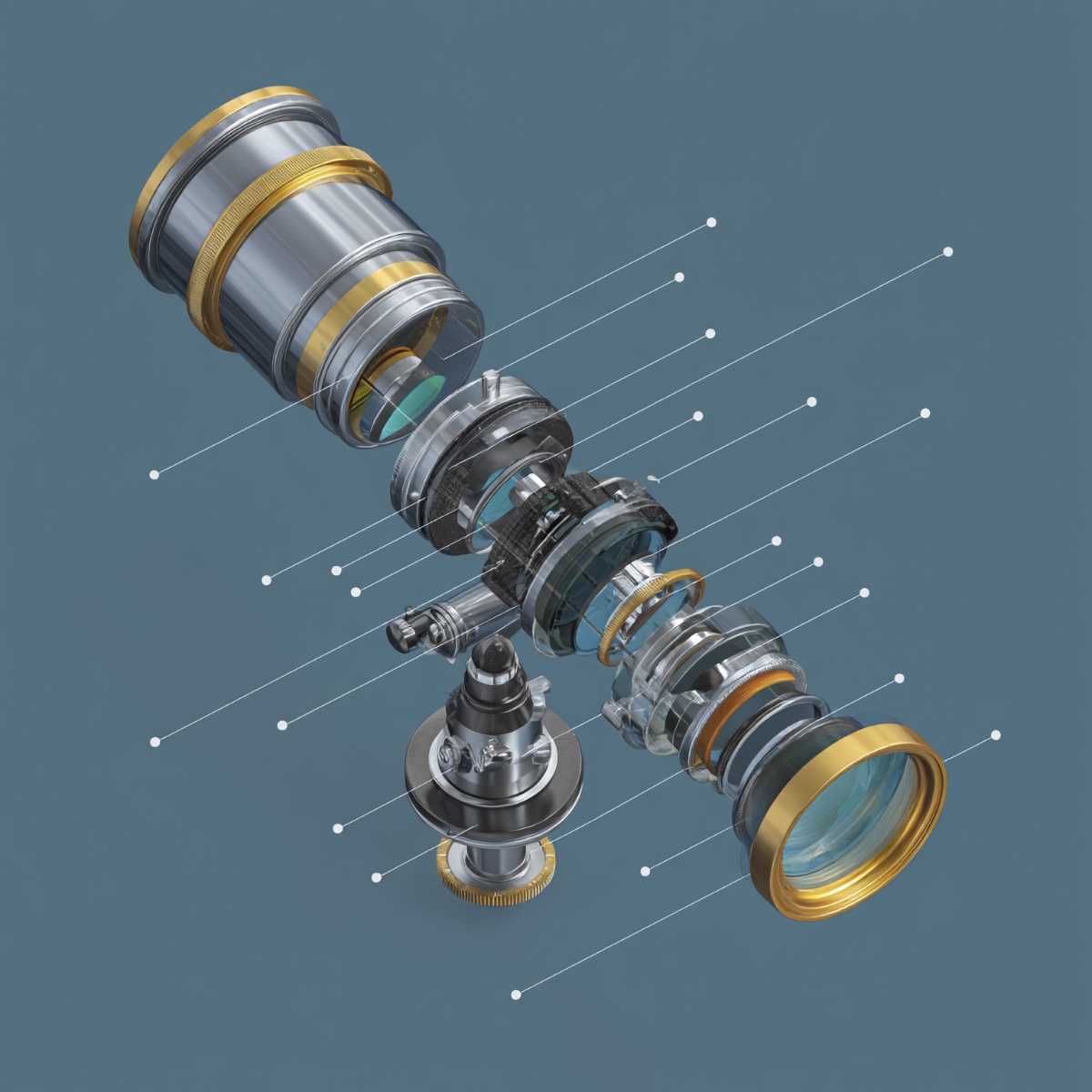Telescope Magnification Calculator
Complete Analysis
Calculate telescope magnification and related optical parameters for visual astronomy. This comprehensive tool helps you choose the right eyepieces and understand your telescope's performance characteristics.
How to Use the Telescope Magnification Calculator
- Enter your telescope's focal length.
- Enter your eyepiece focal length.
- Optionally enter telescope aperture for additional calculations.
- Add eyepiece field of view and Barlow lens if applicable.
- See complete magnification analysis and recommendations.
Magnification Guidelines
| Magnification Range | Best For | Typical Eyepiece |
|---|---|---|
| 25-50× | Wide field views, finding objects, comets | 32mm, 40mm |
| 50-100× | Most deep-sky objects, star clusters | 15mm, 25mm |
| 100-200× | Galaxies, nebulae, double stars | 6mm, 10mm |
| 200-300× | Planetary details, close doubles | 4mm, 5mm |
| 300×+ | Planetary fine detail (excellent seeing) | 3mm + Barlow |
Understanding Telescope Optics
Magnification Formula
Magnification = Telescope Focal Length ÷ Eyepiece Focal Length
With a Barlow lens: Magnification = (Telescope FL ÷ Eyepiece FL) × Barlow Factor
Exit Pupil
Exit Pupil = Telescope Aperture ÷ Magnification
Optimal exit pupil size: 2-7mm for most observers (matching eye pupil size)
True Field of View
True FOV = Eyepiece Apparent FOV ÷ Magnification
This shows how much sky you'll actually see through the eyepiece
Practical Limits
- Maximum Useful Magnification: ~2× aperture in mm (atmospheric limit)
- Minimum Useful Magnification: Aperture in mm ÷ 7 (exit pupil limit)
- Sweet Spot: 1-1.5× aperture in mm for most objects
Eyepiece Selection Tips
- Start with mid-range: 15-25mm eyepiece for general use
- Add wide field: 32-40mm for finding and wide views
- High power option: 6-10mm for planets and details
- Consider Barlow: 2× Barlow effectively doubles your eyepiece collection
- Match your aperture: Larger telescopes benefit from higher magnifications

FAQ
-
How is telescope magnification calculated?
Magnification equals telescope focal length divided by eyepiece focal length. For example, a 1000mm telescope with a 25mm eyepiece gives 40× magnification.
-
What's the maximum useful magnification?
The maximum useful magnification is roughly 2× the telescope aperture in millimeters. Beyond this, images become dim and lose quality due to atmospheric limitations.
-
What is exit pupil and why does it matter?
Exit pupil is the diameter of the light beam exiting the eyepiece. It should match your eye's pupil size (2-7mm) for optimal brightness and comfort.
-
How do I choose the right magnification?
Use low magnification (25-50×) for wide views and finding objects, medium (50-150×) for most observing, and high (150×+) for small objects when seeing permits.